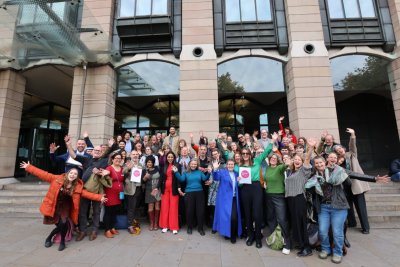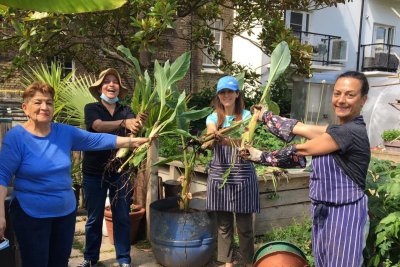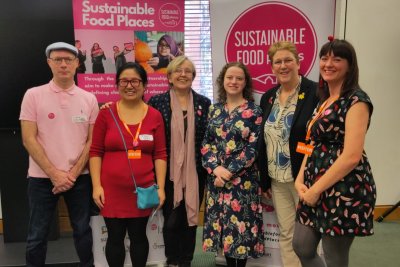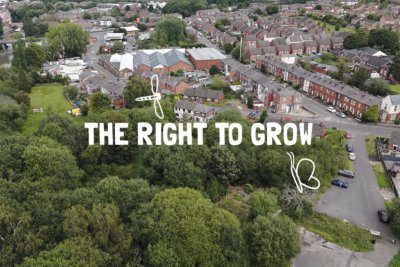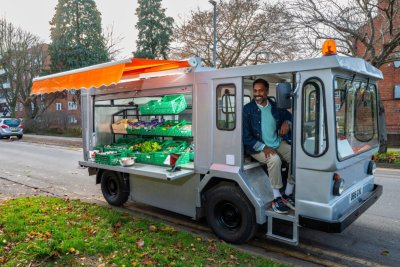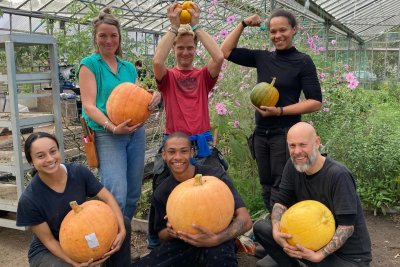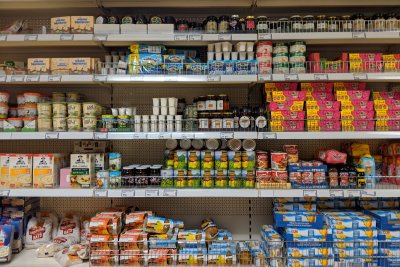Food growing and biodiversity have not always been easy bedfellows, as the quest for bumper crops has led to the use of artificial fertilisers and pesticides, and the destruction of habitats. Yet, it is increasingly apparent that this has detrimental effects on productivity, as biodiversity encourages soil fertility, pest management and pollination.
Whilst growing in the city is often less intensive than larger agricultural endeavours, it can still be hard to know if you are doing more harm than good, and even harder to know where to start when trying to grow for biodiversity and still achieve a good crop.
Luckily, creating a wildlife friendly garden can be as simple as making a bug hotel, planting a patch of wildflowers, rotating crops or starting a compost heap, and the London Grows Wild guide helps gardeners to create a haven for wildlife, one step at a time.
The toolkit, produced in partnership with Mark Patterson, provides simple evaluations to assess the state of garden design, beneficial insects, compost systems and growing methods, suggesting measures to improve these activities to benefit wildlife. Plus, there’s a more advanced assessment tool so you can measure the effects your changes have overall.
Head to the publications page to download your copy today and get growing for wildlife in your garden.
This guide was made possible thanks to support from British Ecological Society and City Bridge Trust.
Capital Growth: Connecting a network of London growers.

